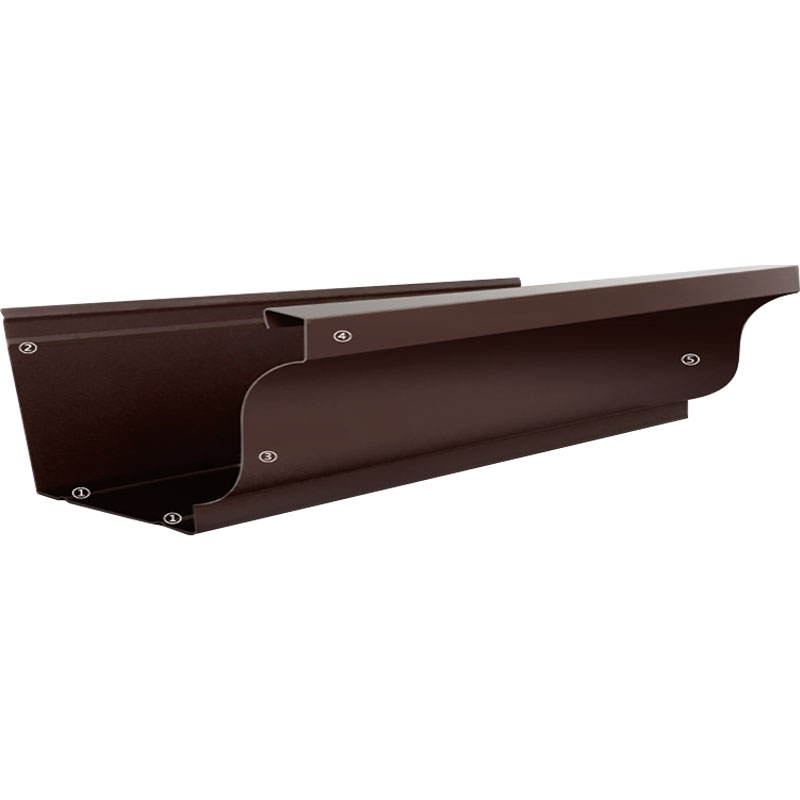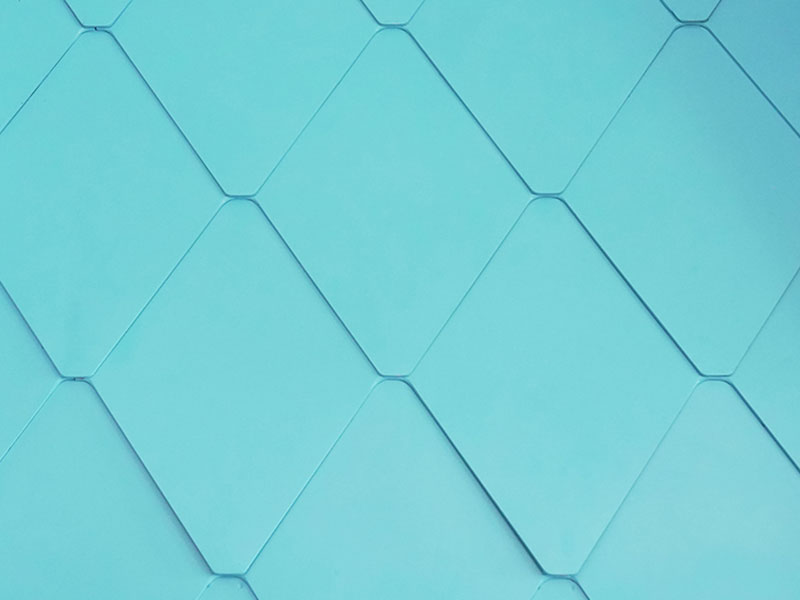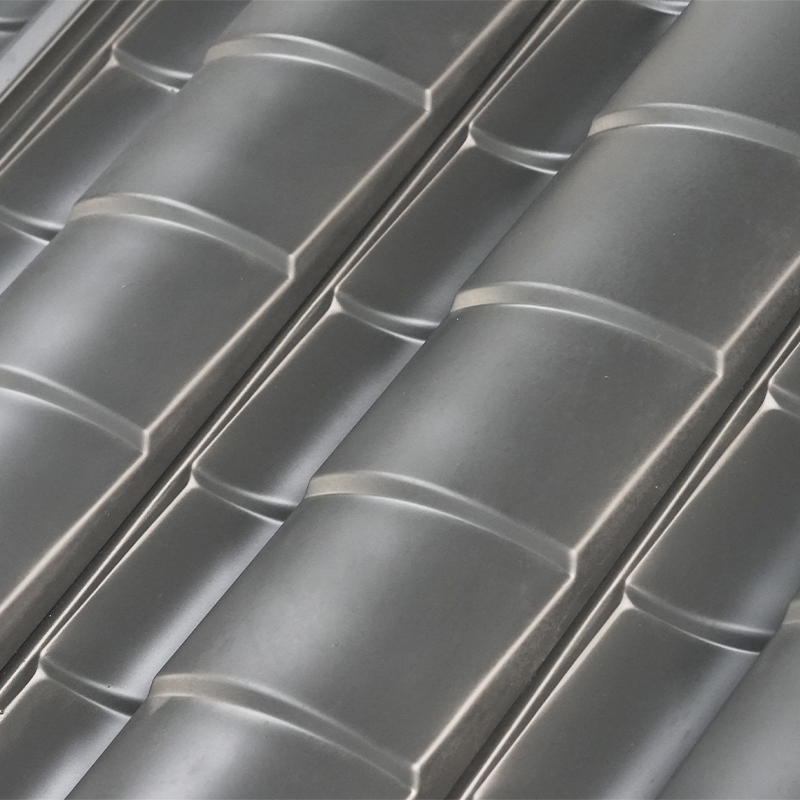More than mere weather protection, Japanese roof tiles (kawara) embody centuries of artistry, regional identity, and spiritual meaning. These iconic clay or stone elements transform rooftops into sculpted landscapes, harmonizing with Japan’s seasons, beliefs, and architectural evolution. Discover the enduring legacy of kawara – functional poetry in fired earth.
Content
The Essence of Kawara: Beyond Function
Introduced from China via Korea around the 6th century (Asuka period), kawara revolutionized Japanese architecture. Replacing thatch or wood shingles, they offered:
-
Fire resistance (critical in dense wooden cities)
-
Durability against typhoons, snow, and humidity
-
Status symbolism (initially reserved for temples, palaces, and elite residences)
Today, they remain synonymous with tradition, craftsmanship, and aesthetic intentionality.
Anatomy of a Kawara Roof: Key Components
A Japanese tiled roof is a meticulously layered system:
-
Marugawara (丸瓦):
-
Rounded convex tiles channeling rainwater downward.
-
Often capped with decorative gibōshi (onion-shaped finials) at ridges.
-
-
Hiragawara (平瓦):
-
Flat, concave tiles forming the main roof field.
-
Laid under overlapping marugawara rows.
-
-
Mawaragawara (桟瓦):
-
S-shaped tiles combining maru + hira functions (common in Edo period onward).
-
Simplified installation, reduced weight.
-
-
Onigawara (鬼瓦): "Demon Tiles"
-
Ornate end tiles at ridge corners or gables.
-
Originally apotropaic – warding off evil spirits (often horned oni faces).
-
Evolved into family crests (kamon), animals (dragons, phoenixes), or botanicals.
-
-
Shihōbukuro (四方袱):
-
Corner ridge tiles with intricate, multi-directional designs.
-
-
Yoshinogawara (葺土):
-
Clay bedding beneath tiles – absorbs movement, insulates, prevents wind uplift.
-
Regional Styles: A Landscape in Clay
Tile shapes, colors, and textures vary dramatically by region, reflecting local clays, climate, and history:
| Region | Style | Characteristics | Purpose/Origin |
|---|---|---|---|
| Kyoto/Nara | Hongawara-buki (本瓦葺) | Classic interlocking maru + hira tiles | Aristocratic temples, palaces |
| Edo (Tokyo) | Sangawara-buki (桟瓦葺) | Unified mawaragawara tiles (lighter, simpler) | Urban townhouses after frequent fires |
| Awaji Island | Sekishū-gawara (石州瓦) | Dense, iron-rich black tiles | Superior durability, typhoon resistance |
| Ise (Mie) | Ise-gawara (伊勢瓦) | Rustic red-brown tiles, porous texture | Shrine aesthetics, natural harmony |
| Shiga | Ibushi-gawara (燻し瓦) | Silver-gray ("smoked") tiles | Patina from kiln soot, elegant restraint |

Symbolism & Spiritual Guardianship
Tiles transcend utility, embodying cultural beliefs:
-
Onigawara: Protectors against fire, disaster, and malevolent forces.
-
Dragon Tiles: Water deities preventing blazes.
-
Phoenix Tiles: Auspicious symbols of renewal (common on shrines).
-
Colors:
-
Black (Awaji): Strength, protection.
-
Red (Ise): Vitality, sacred energy (Shinto influence).
-
Natural Clay: Humility, connection to earth.
-
Modern Evolution & Global Influence
While traditional kiln-fired clay remains prized, modern adaptations include:
-
Concrete Kawara: Affordable, color-stable alternatives.
-
Synthetic Tiles: Lightweight replicas for seismic zones.
-
Sustainable Tech: Solar panels integrated into tile profiles.
Japanese tile aesthetics inspire global architecture – from luxury resorts to minimalist homes – valuing:
-
Asymmetry and organic lines
-
Patina acceptance (moss, weathering = wabi-sabi)
-
Depth and shadow play from layered profiles
Preserving the Craft
Master tile artisans (kawara-shi) preserve techniques honed over generations:
-
Clay selection & kneading (removing air pockets).
-
Hand-pressing in wooden molds.
-
Slow drying (months to prevent cracking).
-
Kiln-firing (1,100°C+ for 10+ days).
-
Natural cooling for strength.
Organizations like the All Japan Kawara Association safeguard this intangible cultural heritage.
Why Choose Kawara Today?
-
Timeless Beauty: Creates soulful, grounded architecture.
-
Eco-Friendly: Natural materials, 50–100+ year lifespan.
-
Climate Resilience: Superior thermal mass, water management.
-
Cultural Continuity: Connects built environments to history.
Conclusion: The Soul of the Roofline
Japanese roof tiles are where geology meets mythology, and craftsmanship dances with the elements. They are not just a covering but a cultural skin – aging gracefully, telling stories of region and belief, and sheltering spaces with quiet, resilient poetry. To walk under a kawara roof is to experience the weight of history and the lightness of artistic vision, eternally renewed by rain, wind, and fire.




 English
English русский
русский Español
Español عربى
عربى















